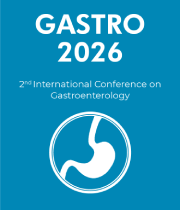Biliary Atresia
Biliary atresia is a rare condition in which the bile ducts between the liver and gallbladder are either blocked or absent. This condition can occur in babies as early as the first week of life and is the most common cause of biliary cirrhosis in children. Symptoms of biliary atresia vary depending on the severity of the condition, but can include jaundice, dark urine, pale stools, failure to thrive, and enlarged liver and spleen. The cause of biliary atresia is still unknown, but it is believed to be due to an immune reaction or a virus that causes the bile ducts to become inflamed and scarred. In some cases, it can be linked to a genetic disorder, such as alpha-1-antitrypsin deficiency. Diagnosis is usually made through a combination of physical examination, imaging tests such as an ultrasound or MRI, and blood tests. In some cases, a liver biopsy may be needed to confirm the diagnosis. Treatment typically involves surgery to construct a new bile duct and remove any existing scar tissue. In some cases, a liver transplant may be needed if the condition has progressed too far. In general, with proper diagnosis and treatment, the outcome of biliary atresia is usually good. However, it is important to monitor for any long-term complications, such as cirrhosis, liver failure, and bile duct cancer. Regular liver function tests, imaging tests, and physical exams are important for monitoring the condition.



